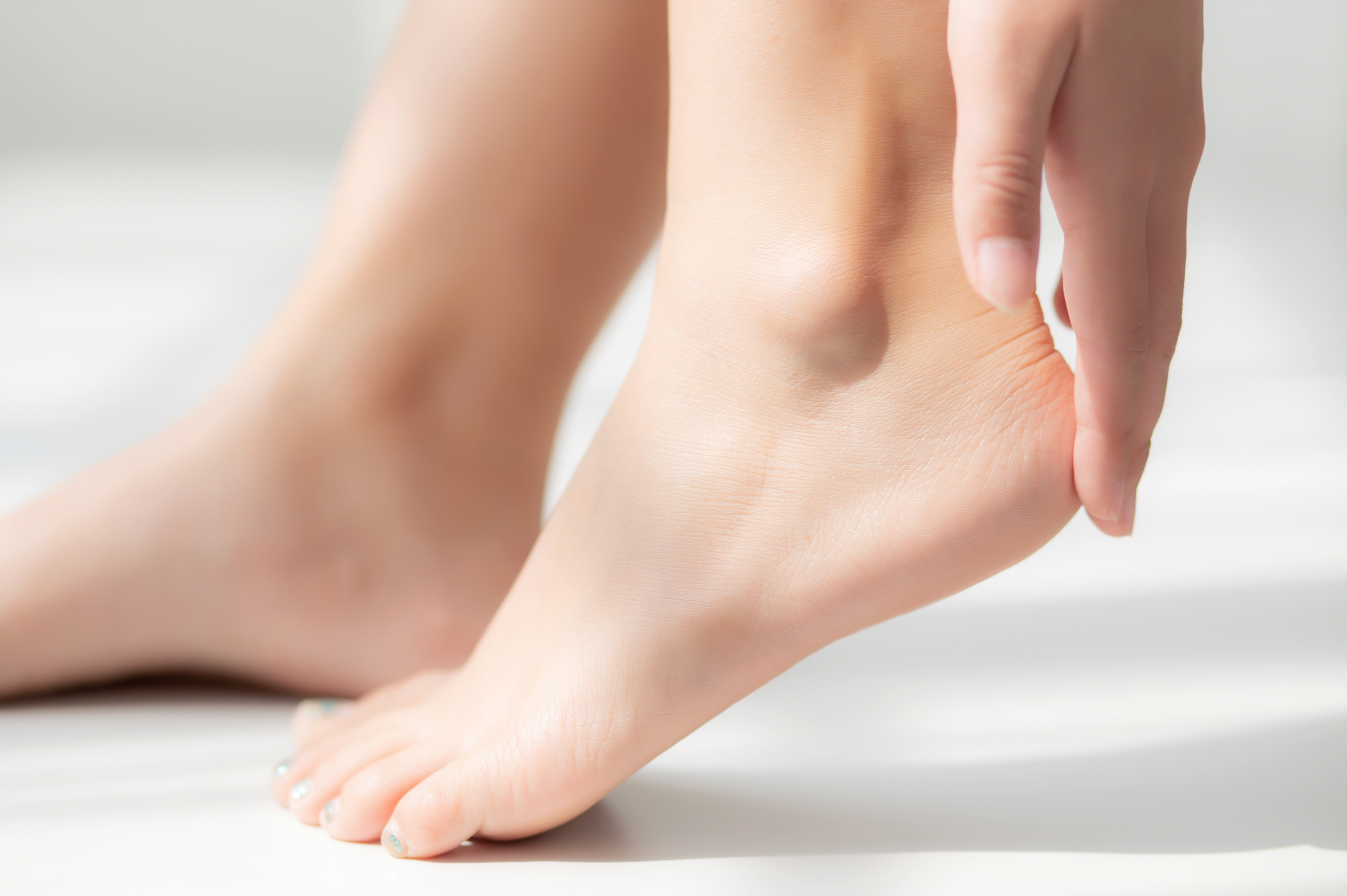Although items made of latex, which are present in many common products, may appear to be safe at first glance, coming into contact with them can result in allergic reactions that, if untreated, can be fatal.
As people unconsciously shift their focus to food, insect venom, and medications as leading causes of allergies, latex, a known colloidal suspension made from the milky white sap of the Brazilian rubber tree, has now been touted as the “Forgotten Allergen."
According to the Allergy & Asthma Network, latex allergy is a unique health condition that affects up to 6% of the U.S. population. The symptoms commonly affect health workers and individuals with spina bifida.
"Some reactions are mild, resulting in hives, skin redness and itching, and respiratory problems. Other reactions can turn serious and even lead to a life-threatening allergic reaction, or anaphylaxis," said A&AN, highlighting that the strict avoidance of latex is crucial to preventing the symptoms.
In observance of Latex Allergy Awareness Week, Cottonique reminds everyone to keep their skin safe from latex-related products by using our 100% organic cotton clothes, ultimately preventing unwanted allergic reactions. Here are the 4As that people with latex allergy should remember in dealing with the so-called “Forgotten Allergen.”
AWARENESS
Since there is currently no treatment for latex allergy, lowering their risks is the best course of action. People who are allergic to latex should always be aware of their surroundings to determine what might be making them sick and steer clear of dangerous situations.
- Wear Medical Identification
- Get a medical alert bracelet—these are available in many styles for adults and children.
- Notify healthcare professionals of your latex allergy, such as the EMS or other medical/dental providers.
AVOIDANCE
You must avoid products containing natural rubber latex, such as but not limited to:
- Latex gloves
- Rubber bands
- Balloons
- Band-Aids
- Elastic bands
- Spandex
- Mouse pads
- Pacifiers and baby bottle nipples
- Bathmats
- Garden hoses
Also, be wary of some food selections as the proteins in natural rubber latex are similar to those found in cross-reactive fruits and vegetables. The A&AN explains that people with latex allergy may experience a reaction after eating:
- Banana
- Kiwi
- Avocado
- Melons
- Tomato
- Carrots
- Bell Peppers
- Figs
ACTION
People with latex allergy should carry these at all times:
- Medications as prescribed by your doctor, including two doses of epinephrine auto-injector and other medications like antihistamines and asthma medications (albuterol).
- Non-latex gloves
- Latex Allergy Action Plan developed with your allergist
They must also consult with their allergist regarding:
- Prescription and proper use of all medications
- “Hidden” latex on food prepared with latex gloves
- Lactiferous plants that may have cross reactive proteins
- Foods with cross reactive proteins to natural rubber
ADVOCACY
Latex allergy is everyone's business. Even those who aren't sensitive to latex should play a role in keeping the harmful material away from those who endure its toxic touch.
Stand up for yourself and others to be sure that environmental accommodations are made so patients with latex allergies are safe.
When legislation is introduced at the local, state, or national level, speak or write to your legislator to educate them about the importance of keeping people with latex allergies safe both at home and in public places.
TAKEAWAY: If you know someone who is allergic to latex, show them kindness and warmth by being considerate of their needs. Let's contribute to the effort to raise awareness of the condition by sharing posts about latex allergy on social media, helping reduce their exposure to risks, or introducing them to healthier clothing alternatives.
For uncompromising prevention of severe allergies and multiple chemical sensitivities, choose our allergy-free organic cotton clothes that are free from allergens, elastics, harmful chemicals, and dyes. Knowing the nature and composition of the clothes you're wearing is crucial to preventing flare-ups. Check out our allergy-free organic cotton collections here.
For more information about this annual observance, visit this detailed free digital resource titled, “Latex Allergy: A Practical Guide for Patients and Providers,” through this link. The manual includes chapters on comprehending your latex allergy diagnosis, cross-reactivity, avoiding exposure, and treating severe reactions. You may also read our previous blog: 5Ws of Latex Allergy.
DISCLAIMER: The information presented on Cottonique is not, and will never be, intended to be a substitute for professional medical advice, diagnosis, or treatment. All content materials found on this site, from text, treatments, outcomes, charts, graphics, photographs, and study findings, are created and published for general informational purposes only. It should not, in any way, be construed as a standard of care to be followed by a user of the website.
Thus, readers are encouraged to verify any information obtained from this website with other accurate references and review all information regarding any medical condition or treatment with their physician. As Cottonique strives to help those with allergies live with better days, the hypoallergenic apparel brand encourages everyone to always seek the advice of their physician or other qualified health providers with any questions they may have regarding a medical condition.






Leave a comment
This site is protected by reCAPTCHA and the Google Privacy Policy and Terms of Service apply.